Function Description of GD400HFL170C2SN Chip
1. General Introduction
The GD400HFL170C2SN chip is a highly integrated semiconductor device designed to perform specific functions in various electronic systems. It offers a combination of performance, reliability, and efficiency, making it suitable for a wide range of applications.
2. Core Functional Blocks
2.1 Signal Processing
This chip is capable of receiving, processing, and transmitting different types of signals. It can handle analog signals, converting them into digital form through its built-in analog-to-digital conversion (ADC) functionality. The ADC has a high resolution and sampling rate, ensuring accurate representation of the input analog signals. For digital signals, the chip can perform operations such as filtering, amplification, and modulation. It also has the ability to interface with other digital components, facilitating seamless data transfer between different parts of the system.
2.2 Data Storage and Retrieval
The GD400HFL170C2SN chip may incorporate a certain amount of internal memory for storing data. This memory can be used to cache frequently accessed data, reducing the need for external memory access and improving the overall system performance. It supports fast read and write operations, allowing for efficient data storage and retrieval. Additionally, the chip may have error correction mechanisms to ensure the integrity of the stored data.
2.3 Control and Interface
The chip provides control interfaces for interacting with other components in the system. These interfaces can be in the form of standard communication protocols such as SPI (Serial Peripheral Interface), I2C (Inter-Integrated Circuit), or UART (Universal Asynchronous Receiver/Transmitter). Through these interfaces, the chip can receive control commands from a microcontroller or other master devices and respond accordingly. It also has the ability to control external devices, such as sensors or actuators, by sending appropriate control signals.
3. Application Scenarios
The GD400HFL170C2SN chip is suitable for a variety of applications, including but not limited to:
• Consumer Electronics: In devices such as smartphones, tablets, and digital cameras, the chip can be used for signal processing, image enhancement, and data storage.
• Industrial Automation: It can be employed in industrial control systems for monitoring and controlling various processes, such as temperature, pressure, and flow rate.
• Automotive Electronics: In vehicles, the chip can be used for functions like engine control, anti-lock braking systems (ABS), and in-car entertainment systems.
4. Performance Characteristics
• Power Consumption: The chip is designed to operate with low power consumption, making it suitable for battery-powered devices. It has different power modes, such as standby and active modes, to optimize power usage according to the system’s requirements.
• Operating Temperature Range: It can operate within a wide temperature range, ensuring reliable performance in different environmental conditions.
• Speed and Throughput: The chip offers high-speed processing capabilities, allowing for fast data processing and transmission. Its high throughput ensures efficient handling of large amounts of data.


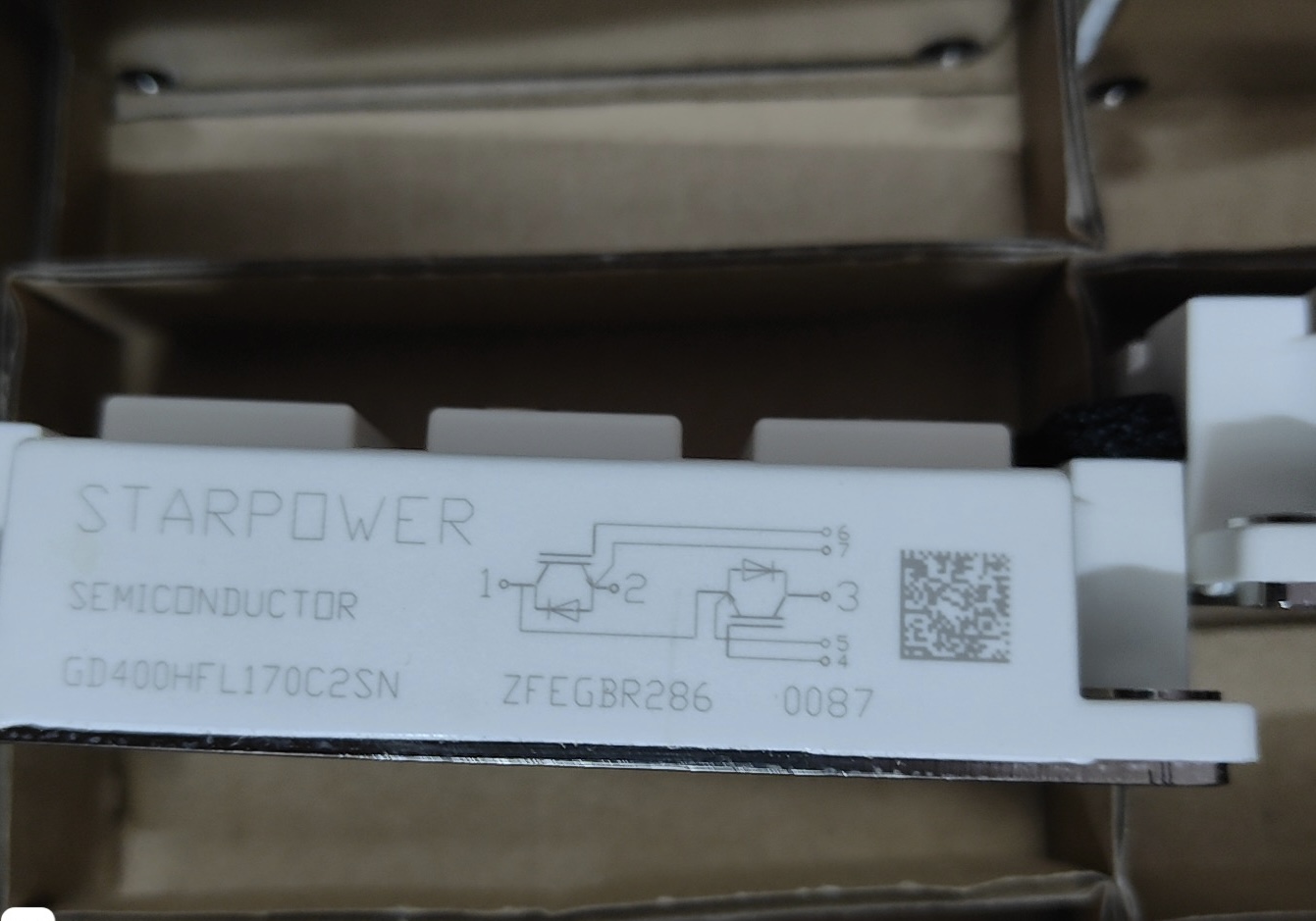
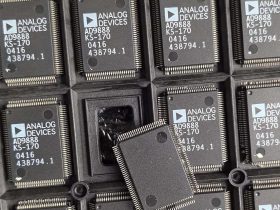

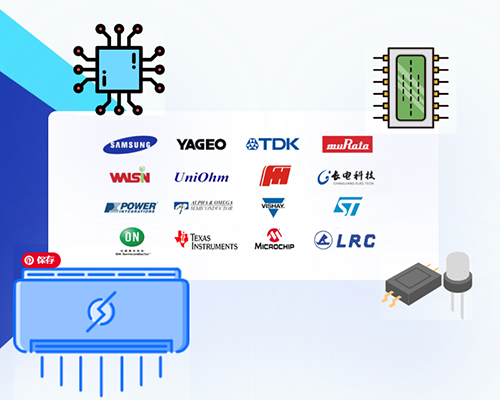

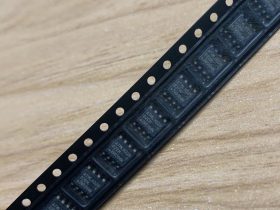
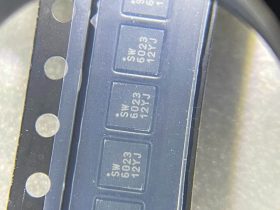
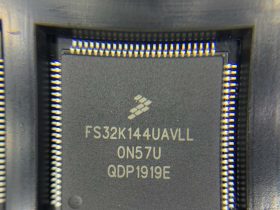
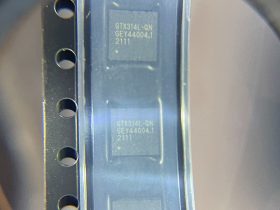
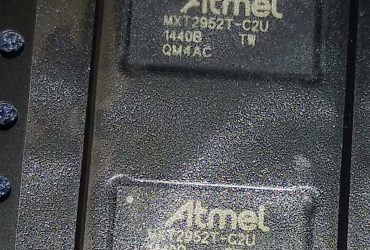
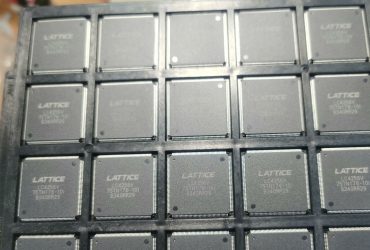
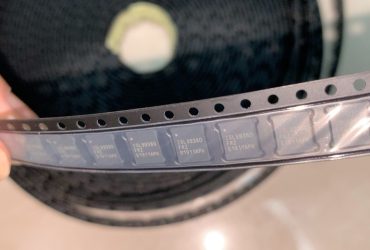
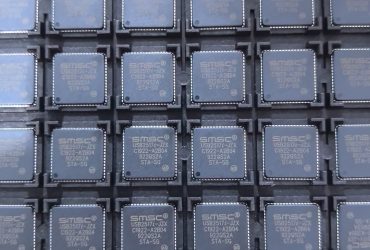
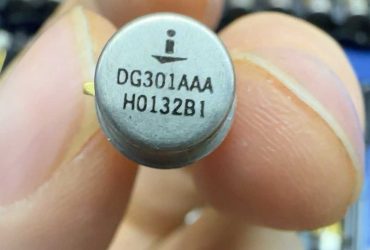
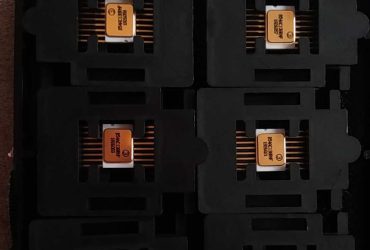
Leave a Reply